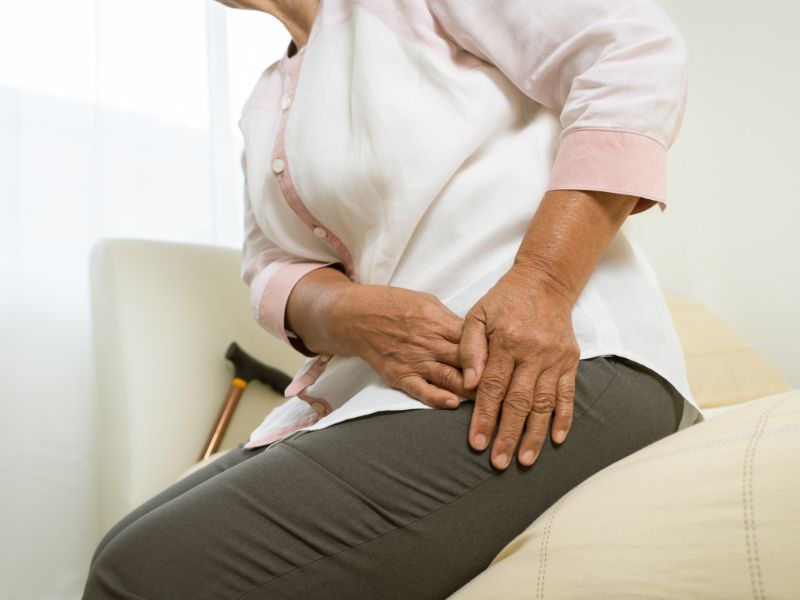
Understanding De Quervain’s Tenosynovitis: Factors, Causes, Symptoms, Diagnosis, and Treatments
De Quervain’s Tenosynovitis is a condition that affects the tendons of the thumb and can significantly impact the quality of life. It is characterized by inflammation of the tunnel through which the thumb tendons pass at the level of the wrist. Here is an overview of this pathology.
Factors et Causes :
De Quervain’s Tenosynovitis can be caused by several factors. Repetitive activities, particularly involving thumb and wrist movements, such as those in certain occupations (computer work, manual labor) or hobbies (gardening, music), contribute to its development. Pregnant women or those who have recently given birth are also more likely to suffer from this condition.
Symptoms De Quervain’s Tenosynovitis :
De Quervain’s Tenosynovitis causes several symptoms that can impact an individual’s daily life. The primary symptom is a sharp pain felt near the base of the thumb, which can sometimes radiate up the forearm. This pain tends to worsen during thumb and wrist movements, such as when gripping objects or shaking hands. Additionally, swelling in the thumb area may be observed, along with limited thumb and wrist motion. Some individuals may also experience a “catching” or “snapping” sensation when moving the thumb. In certain cases, numbness or tingling in the thumb or index finger may be felt as well.
Diagnosis :
The diagnosis of De Quervain’s tenosynovitis is primarily clinical. Healthcare professionals typically perform simple tests such as the Finkelstein test: the thumb is folded into the palm and the wrist is bent towards the little finger. If this maneuver causes pain, it suggests De Quervain’s tenosynovitis.
Additional tests, such as X-rays, may be conducted to rule out other possible conditions that could be causing similar symptoms.
To better visualize the pathology, please click on the following link to access radiographic images.
Treatment :
Treatment of De Quervain’s tenosynovitis can vary depending on the severity of symptoms. In mild cases, conservative measures such as rest, ice application, and the use of supportive devices (splints, bandages) may be recommended. Non-steroidal anti-inflammatory drugs (NSAIDs) can also be prescribed to reduce pain and inflammation.
In more severe or resistant cases, corticosteroid injections directly into the affected tunnel may be considered. In severe or chronic situations, surgery to widen the tunnel and relieve pressure on the tendons may be recommended.
In summary, De Quervain’s tenosynovitis can be disabling if not treated properly. Early management, combining rest, medical treatment, and in some cases surgical intervention, will greatly improve the quality of life of affected individuals.




